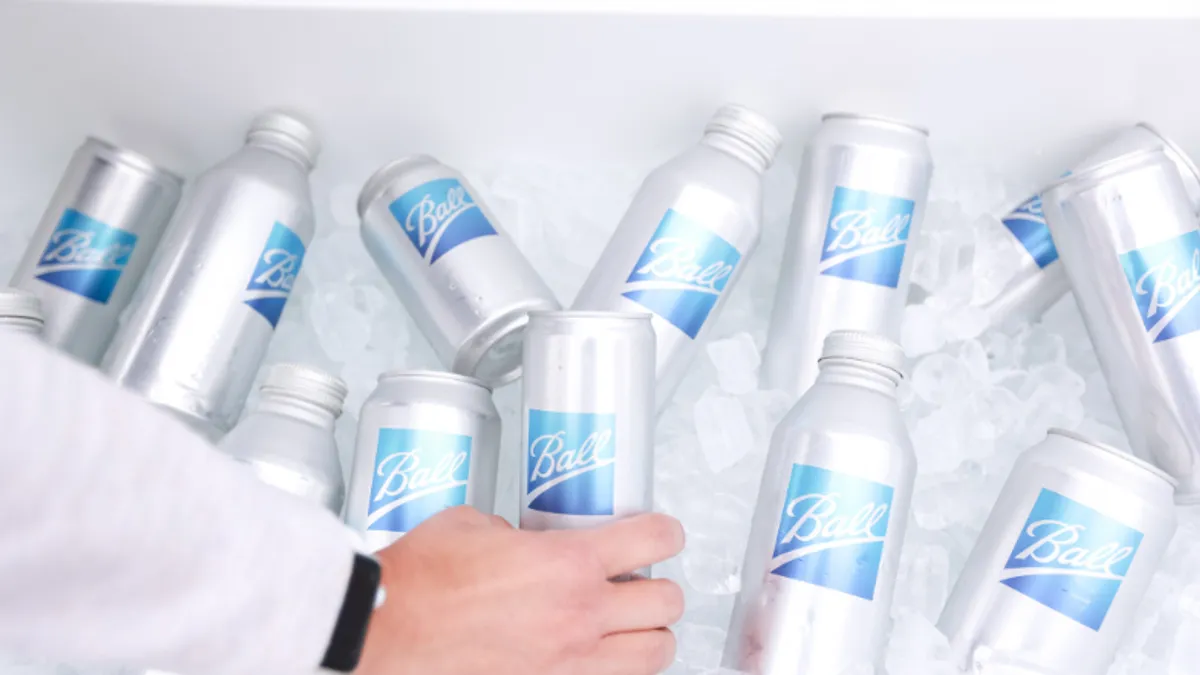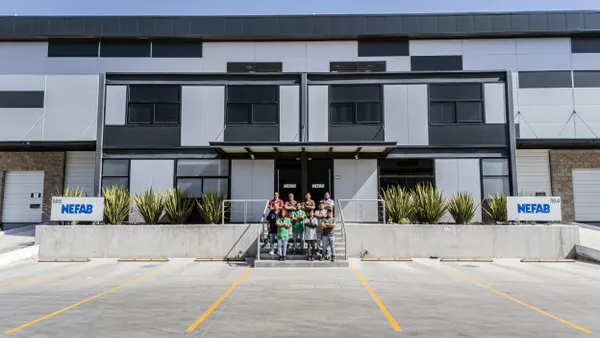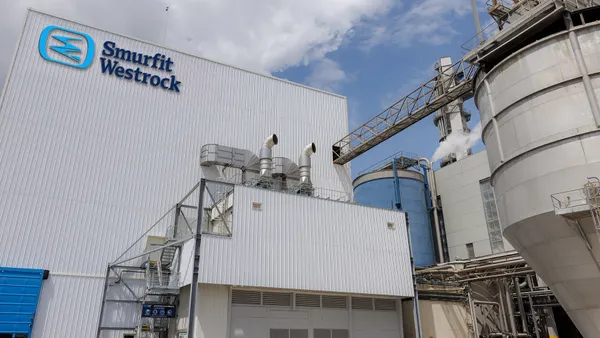- Economic outlook: CEO and recently elected Chairman Dan Fisher said on a Thursday earnings call that aluminum beverage and aerosol shipments were in line with the team’s regional expectations, as net sales in beverage packaging were down across all three main geographic segments for Ball’s beverage packaging. Volume has been “flat-ish” for customers, and Ball is tied to that volume trend. When asked about April volume trends in North and Central America, Fisher said it was a little softer than Q1, but seasonally that was expected.
- Beer: When asked about challenges in the beer category, with BofA Securities Research Analyst George Staphos referencing “lots of news there,” Ball is more interested in “the health of the entire category,” Fisher said. “We believe that beer is going to need to galvanize itself and push in the second half of the year. They are going to have to promote across the entirety of the industry,” Fisher said.
- Brand exposure: According to Ball’s most recent annual report published in February, Bud Light distributor Anheuser-Busch InBev and affiliates are Ball’s largest major customer, driving 13% of Ball’s net sales. Anheuser-Busch InBev held its own earnings call Thursday, during which CEO Michel Doukeris said that for Bud Light, “we have significantly increased our investments behind the brands in the U.S., including tripling our medium spend over the summer.”
- New products: In general, said CFO Scott Morrison, “new product introductions are still heavily weighted to cans, and so that bodes well for the can in the long run.” The aerosol business is benefiting from new products and innovation, Morrison said, “in the typical aerosol personal care space, but also in the water space and the refill and reusable side.” Ready-to-drink cocktails are another area of new product growth.
- Downtime and closures: In general, the company is “proactively managing” North and South American beverage operations for “cash and supply-demand balance,” Fisher said, executing just-in-time supply chain management, a departure from the pandemic era’s just-in-case supply chain needs. Morrison said Ball will be taking more downtime in Q2 to ensure plants are running above 90%. Ball announced in March it was considering closing its plant in Wallkill, New York. “I think we are committed to closing that facility now,” Fisher said. The company is in bargaining now, but “you will see capacity coming out at some point this year and you will see that tailwind in 2024 is what I would anticipate.”
- Looking ahead: Fisher identified retail summer promotional activity in North America and the ramp-up of two new plants in the EMEA region as important drivers of ultimate 2023 shipment growth. Regionally, for the full year, the company expects volume growth in North America to be slightly down, and South America and EMEA to be up about mid-single digits. Ball is targeting $750 million in free cash flow for 2023.

Ball’s beverage can shipments decline amid weaker consumer spending
Executives said Ball will continue to take downtime at facilities in Q2, and it’s moving to close a New York plant. The coming summer and new products offer some reasons for optimism, though.

Recommended Reading
- How packaging manufacturers fared in Q1 By Packaging Dive Staff • Updated May 10, 2023
- Inside Ball’s sustainability scenario planning and recycling policy support By Maria Rachal • April 6, 2023













